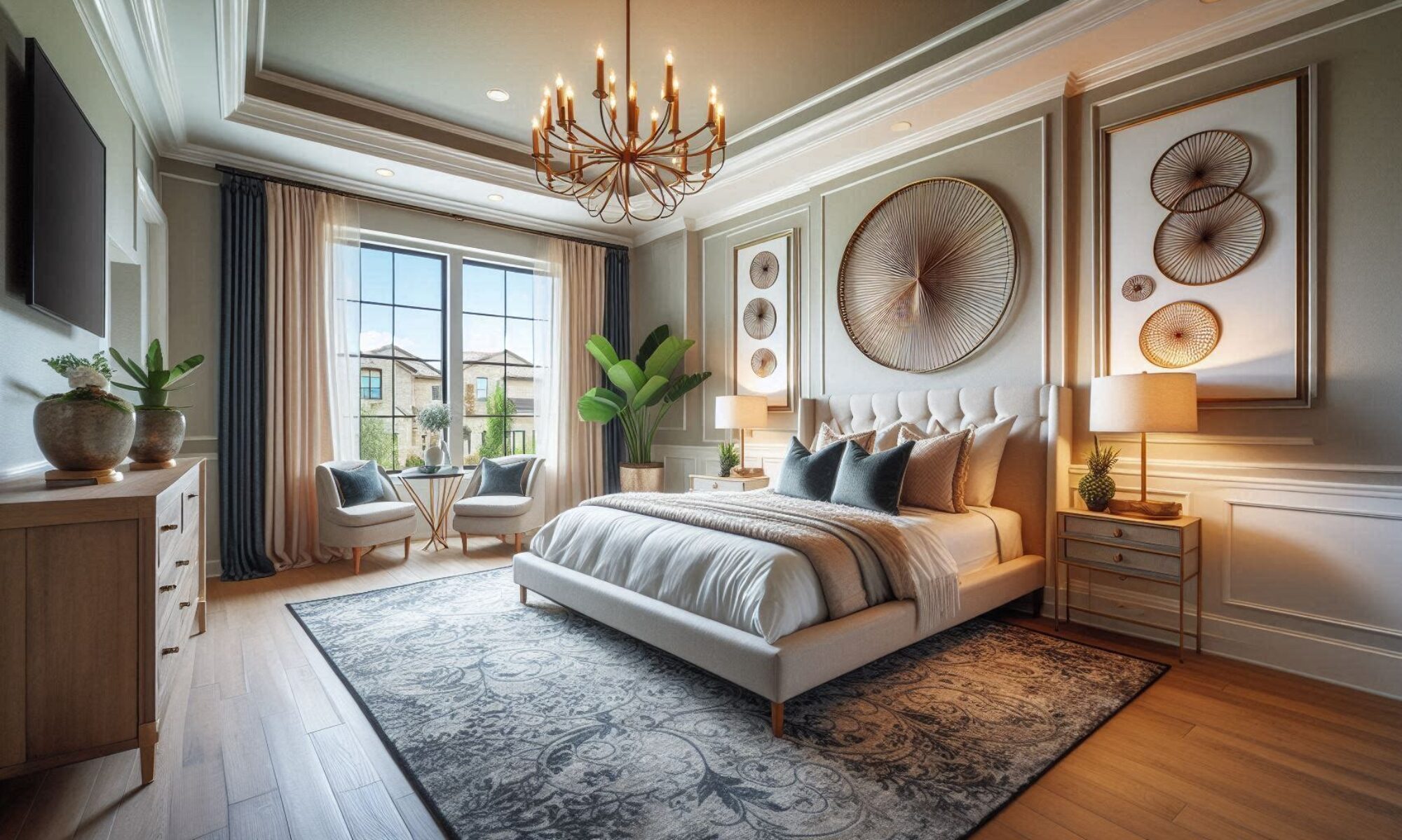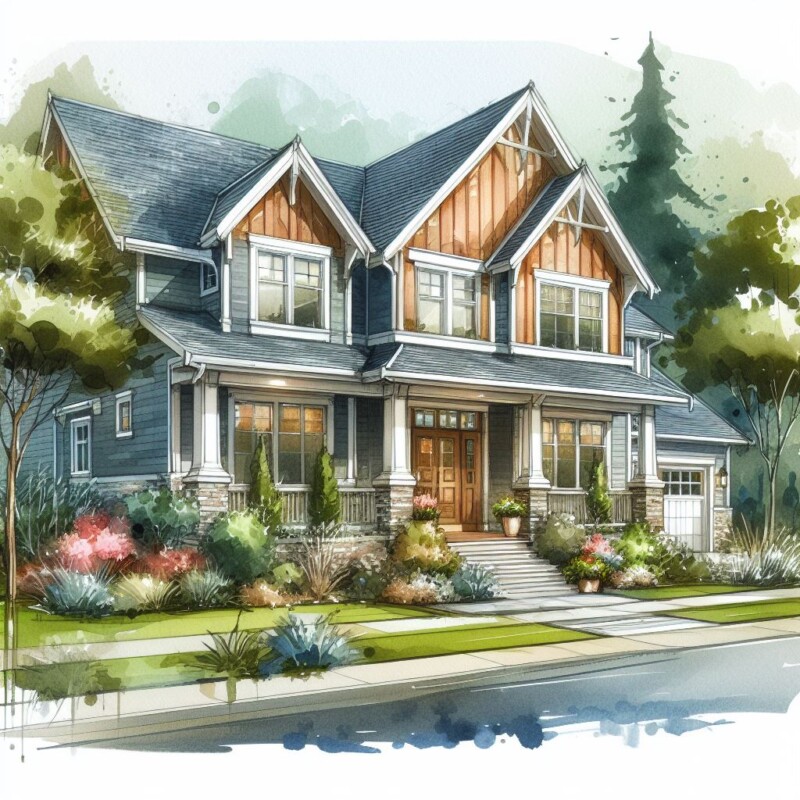Summary
This blog post discusses how real estate photography can appeal to different types of buyers, including first-time buyers, investors, families, and retirees. It provides tips on how to optimize your photos for SEO. For first-time buyers, the post suggests using a wide-angle lens, focusing on main rooms, including photos of the exterior and neighborhood, and editing photos for brightness and clarity. For investors, it recommends using a professional camera, highlighting features that add value, including photos of additional spaces, and providing data and statistics. For families, the post suggests using a variety of angles, focusing on important rooms, including outdoor features, using props and staging, and using lifestyle photos. For retirees, it recommends capturing details, focusing on essential rooms, including outdoor spaces, using bright and cheerful colors, and using testimonials. The post also provides SEO tips, such as using relevant keywords, hashtags, geo-tagging, image optimization, and analytics tools.
Real estate photography is more than just taking pictures of a property. It is a way of showcasing the features, benefits, and potential of a home to different types of buyers. In this blog post, we will explore how real estate photography can appeal to different types of buyers, such as first-time buyers, investors, families, and retirees, and how to optimize your photos for search engine optimization (SEO).
First-Time Buyers
First-time buyers are usually looking for a home that is affordable, functional, and move-in ready. They want to see photos that highlight the condition, size, and layout of the home, as well as the amenities and location. To appeal to first-time buyers, you should:
-
- Use a wide-angle lens to capture the entire space and make it look spacious and bright.
- Focus on the main rooms, such as the living room, kitchen, bathroom, and bedroom, and show how they are connected and flow together.
- Include photos of the exterior, the yard, the neighborhood, and any nearby attractions, such as parks, schools, or shops.
- Use natural light and avoid flash, as it can create harsh shadows and distort colors.
- Edit your photos to enhance the colors, contrast, and brightness, and remove any distracting elements, such as clutter, cords, or personal items.
Investors
Investors are looking for a home that can generate income, either by renting it out or flipping it for a profit. They want to see photos that show the potential return on investment (ROI) of the property, as well as the market demand and competition. To appeal to investors, you should:
-
- Use a professional camera and tripod to take sharp and clear photos that show the details and quality of the home.
- Focus on the features that add value to the home, such as the appliances, fixtures, flooring, and windows, and show how they are updated and well-maintained.
- Include photos of the basement, attic, garage, and any other spaces that can be converted or used for storage.
- Use aerial or drone photography to show the size and shape of the lot, the surrounding area, and the proximity to major roads and landmarks.
- Use data and statistics to support your photos, such as the rental rates, vacancy rates, appreciation rates, and comparable sales in the area.
Families
Families are looking for a home that can accommodate their needs, preferences, and lifestyle. They want to see photos that show the functionality, comfort, and personality of the home, as well as the safety and convenience of the location. To appeal to families, you should:
-
- Use a variety of angles and perspectives to show the depth and dimension of the home, and how it can fit different furniture and activities.
- Focus on the rooms that are important for families, such as the kitchen, dining room, family room, and bedrooms, and show how they are cozy, inviting, and versatile.
- Include photos of the backyard, the patio, the pool, and any other outdoor features that can be used for entertainment and relaxation.
- Use props and staging to create a warm and homely atmosphere, such as flowers, pillows, rugs, books, and toys.
- Use candid and lifestyle photos to show how the home can be enjoyed by real people, such as a family having dinner, playing games, or reading.
Retirees
Retirees are looking for a home that can suit their needs, goals, and interests in their golden years. They want to see photos that show the accessibility, convenience, and quality of the home, as well as the amenities and community of the location. To appeal to retirees, you should:
-
- Use a zoom lens to capture the details and features of the home, such as the cabinets, countertops, faucets, and handles, and show how they are easy to use and maintain.
- Focus on the rooms that are essential for retirees, such as the master bedroom, bathroom, laundry room, and office, and show how they are spacious, comfortable, and adaptable.
- Include photos of the front porch, the balcony, the garden, and any other outdoor spaces that can be used for leisure and hobbies.
- Use bright and cheerful colors and lighting to create a positive and energetic mood, and avoid dark and dull tones that can make the home look old and outdated.
- Use testimonials and reviews to show how the home and the location can meet the expectations and desires of retirees, such as the security, services, activities, and social opportunities.
SEO Tips
To optimize your real estate photos for SEO, you should:
-
- Use relevant and descriptive keywords in your file names, titles, captions, and alt texts, such as the address, neighborhood, style, and size of the home.
- Use hashtags to categorize and tag your photos, such as #realestate, #homeforsale, #location, #style, and #features.
- Use geo-tagging to add the location and coordinates of your photos, which can help them rank higher in local searches and maps.
- Use image compression and optimization tools to reduce the file size and loading time of your photos, which can improve the user experience and the page speed.
- Use analytics and tracking tools to measure the performance and engagement of your photos, such as the views, clicks, shares, and conversions.
Conclusion
Real estate photography is a powerful tool to attract and persuade different types of buyers, such as first-time buyers, investors, families, and retirees. By using the right techniques, angles, props, and editing, you can showcase the best features and benefits of your home, and appeal to the needs, preferences, and goals of your target audience.
Moreover, by optimizing your photos for SEO, you can increase the visibility and reach of your home online, and generate more leads and conversions. Remember to use relevant and descriptive keywords, hashtags, geo-tagging, image compression, and analytics to improve your photo performance and ranking.
With these tips, you can create stunning and effective real estate photos that can help you sell your home faster and for a higher price.

